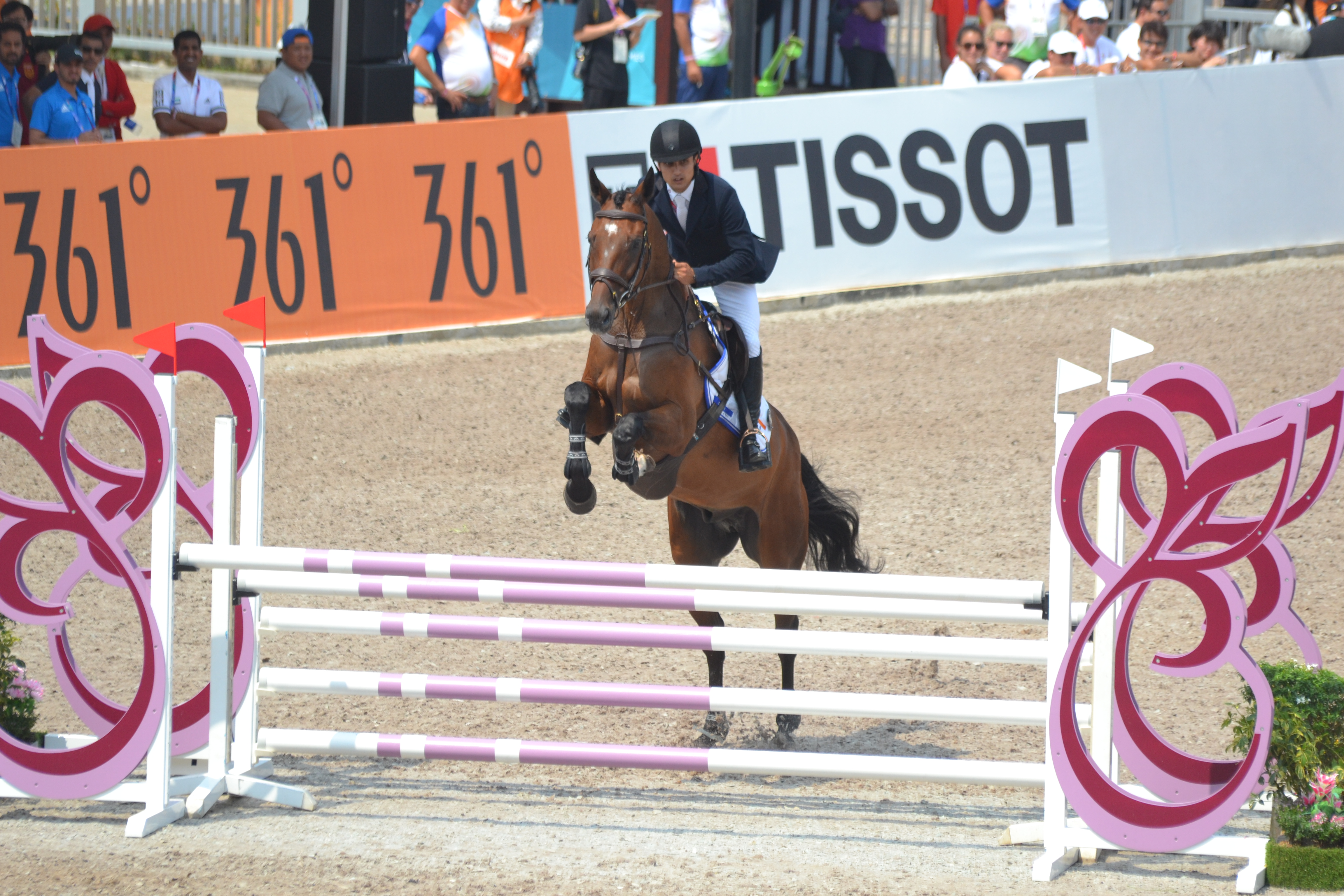The Ministry of Youth Affairs and Sports will have found some relief in the Supreme Court’s interpretation of a Delhi High Court order, but since its effort to win a larger argument has not succeeded, there will be no end to courtroom dramas about the National Sports Development Code of India 2011 and its varying levels of implementation by the National Sports Federations.
The Ministry’s plea that it only has to inform the Delhi HC in advance and not seek its consent when making a decision on a National Sports Federation found resonance with the Supreme Court on Thursday when it heard the Special Leave Petition. But the Ministry’s bid to secure unfettered, unchallenged freedom to grant or withdraw recognition to NSFs did not meet with success.
A reading of the Supreme Court order makes it clear that the Ministry will still have to abide with the February 7 order and inform the Delhi High Court in advance. The Supreme Court has not modified the Delhi High Court order, preferring to make one interpretation of a paragraph and leave the order untouched.
The Ministry sought to convince the Delhi High Court twice to exclude it from the order that was ostensibly aimed at the Indian Olympic Association. But with its focus on perceived judicial overreach, the Ministry’s Petition did not seem to include such a request. In any case, the Supreme Court has avoided modifying the Delhi High Court order, let alone strike it down.
Since the Supreme Court has refrained from entering the Executive-vs.-Judiciary debate that the Ministry of Youth Affairs and Sports has sought to spark, and allowed proceedings to continue in High Court, it remains to be seen if the Delhi High Court now decides to bar the Ministry explicitly from making decisions on NFs without its consent.
The Ministry’s argument that it has the absolute power to decide on granting recognition has its merits, but there can be no denying that its actions can be subject to judicial scrutiny. After all, it has acted in an ad-hoc manner, relaxing the National Sports Development Code of India 2011 norms for some National Sports Federations and throwing the rule book at some others.
Take, for example, the Ministry’s recent decision to include the likes of Equestrian Federation of India, Fencing Association of India, Indian Golf Union and School Games Federation of India among the NSFs to be granted provisional recognition. If these cannot be subjects of litigation, nothing else can be.
It is an open secret that EFI has been in violation of the Code for including many individual members, clubs and units in its electoral college. Similarly, IGU has faced the Ministry’s wrath in the past but in a sudden show of compassion, the Ministry decided to ignore the IGU oversights and grant it recognition.
As for Fencing Association of India, it committed the same violation as the Rowing Federation of India – have three members from each State and Union Territory in the electoral college. There has been no action taken against the Fencing body while the Rowing Federation of India was quickly derecognised
As for SGFI, its recognition was suspended on February 25 this year after a girl died in a swimming mishap in an Australian beach in December 2017. SGFI had committed a transgression in sending a team to Australia without informing the Ministry. Yet, in a surprising about-turn, the Ministry wanted to recognise SGFI – with only a gentle rap on its knuckles.
It is for such a reason that there must be legal recourse available to anyone who feels aggrieved. Just as well that the Supreme Court also allowed anyone with a grievance on the Ministry’s decision to seek a remedy before the appropriate forum. If anyone thought that the Supreme Court order would end all litigation, one can have another thought coming.
The National Sports Development Code of India 2011 is but a collection of directives and notifications sent to the Indian Olympic Association and the National Sports Federations. And, under the circumstances, some National Sports Federations will be found in breach of some aspect of the Code or the other.
However, there must be some non-negotiables in the Sports Code, including age and tenure restrictions as well as well-defined electoral college for each National Sports Federation. These must be not be left to the whims and fancy of any bureaucrat or political figure. The least the sports fraternity can expect is consistency in implementation of the Code and its tenets.
It is also good that in response to Hockey India’s plea that there have been delays in the case because of several interlocutory applications, the Supreme Court has requested the High Court to dispose the PIL expeditiously. The case against Hockey India’s election dates back to January 2010 and other cases related to other National Sports Federations got included in the PIL later.
In some ways this long-drawn case has been the reason the Ministry has been unable to bring in an updated Code. An expert committee spent time creating a draft code, but for a long while, it was wrapped in cotton wool – a sealed envelope – and in the safe custody of the Delhi High Court before being retrieved for consultation with the stakeholders before being buried as impractical.
At some stage after the Delhi High Court disposes the PIL – and if none of the parties moves the Supreme Court – the Ministry of Youth Affairs and Sports can take upon itself the task of drawing a comprehensive and robust Code to encourage, support and monitor the working of the National Sports Federations.




Rules are rules to be followed by all you cant have seperate rules for seperate federations under one ministry
If the MYAS is fair in the implementation of the NSDC 2011, in toto to all NSFs , the court matters will come to an end.